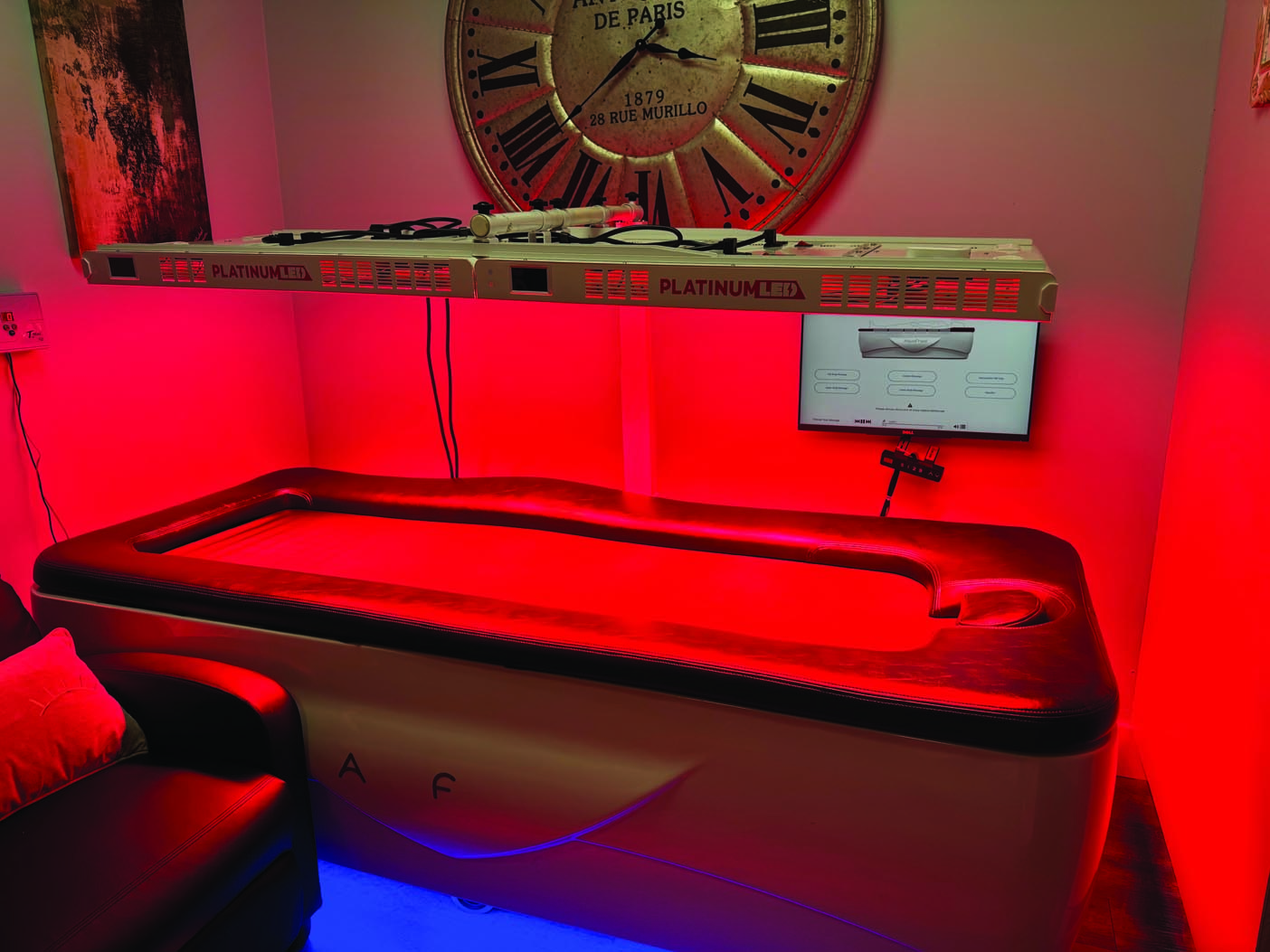There are not many salons today that sell only tanning products and services. This is because salon operators have evolved and learned that in order to keep customers engaged and buying, they need to determine the customer’s needs and match them to a product and/or service. This has led salons to diversify into additional related products and expand retail areas. Now what?
[gap height=”15″]
Well, we begin by recognizing that retail space is a vitally important area of a salon and maximizing the selling potential of this area. But, how? What if you had a diagram that showed you the best way to display product for maximum sales? Why not just make up your own? You had a blueprint when you built your salon, so why not have one when displaying your retail merchandise? This is called a planogram, or outline showing where products should be placed to maximize interest and sales.
[gap height=”15″]
Planograms have been used by big-box stores for decades to dictate their layouts, as well as create uniformity of the brand and look of each location. Planograms are just as useful in smaller retail applications, whether you have one store or 100.
[gap height=”15″]
The planogram’s primary function is product placement with the goal of improved sales.
[gap height=”15″]
[gap height=”15″]
Planograms will help you elevate lotion sales, serve as a multifaceted training tool and turn retail space into a visually dynamic profit center!
[gap height=”15″]
More and more salons have a diverse mix of retail products; creating planograms will help operators assign selling potential to every square foot of space. It also helps create better related product-positioning by placing related items together for cross-selling. For example, display “like-flavored” moisturizers and body washes together. This will also work for upselling products. You can start by displaying a $47 (retail) natural bronzer next to a $67 natural black bronzer as the next step in the sales (and tanning) process. This simple placement helps your staff create opportunities for upselling.
[gap height=”15″]
When you have a set map of products, such as a planogram, it is easier to see where you have low inventory and need to replenish stock, giving you tighter inventory control. Planograms can also serve as a “cheat sheet” for staff to utilize when restocking shelves.
[gap height=”15″]
Creating planograms for your salon can be very simple. Let’s walk through the steps. Get started by making a list of retail areas, their positions and measurements, including shelf height and pegs/space for hanging items to create a basic diagram of the space. Next, start assembling your display. Group items according to brand, visual appeal, season, popularity or price, based on your demographics. Relocate items to maximize their visual appeal; look at a display from the customer’s view to see if it generates the desired interest. Keep new and seasonal items to the front-right of your retail space. Necessities such as eyewear can be in less desirable or less accessible areas. Once you have it all in place, map it on your diagram.
[gap height=”15″]
Implementing planograms into your retail model is easy. Use your salon software to track sales, so you take note of the location of slow-sellers and then, switch them around, so they present more effectively. Planograms will help you elevate lotion sales, serve as a multifaceted training tool and turn retail space into a visually dynamic profit center! Happy $elling!
























